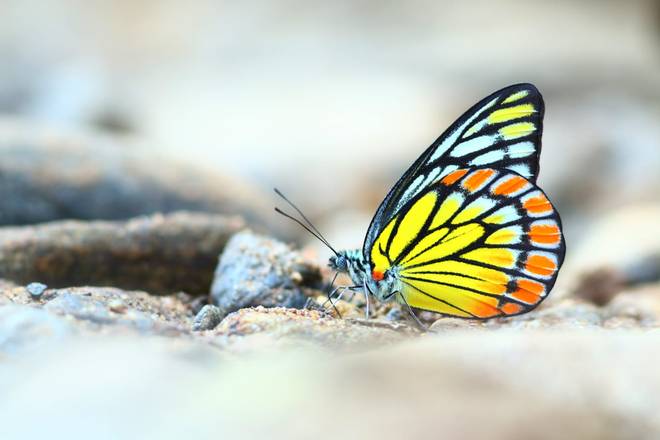
The ‘winged beauties’ are a good indicator of the ecological health of a habitat
Butterflies are excellent communities to monitor the ecological health of a place. A team of researchers from Mangalore University, in collaboration with other two institutes, has identified and documented 43,118 butterflies (individuals) belonging to 175 species in Dakshina Kannada.
Of them, 22 species were habitat specific. The researchers were pursuing the ‘winged beauties’ for the past two years.
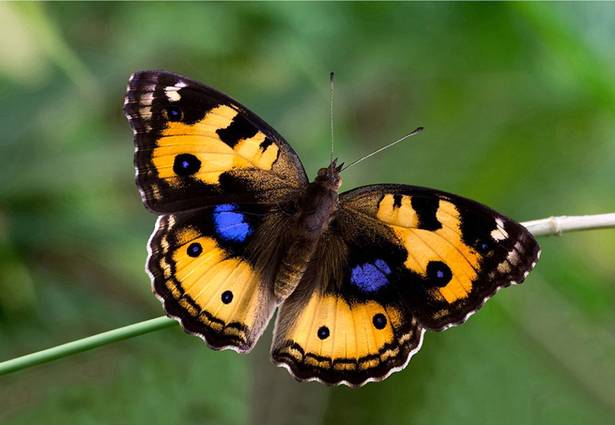
The team comprised M. S. Mustak, Associate Professor, Department of Applied Zoology, Mangalore University and Deepak Naik, a PhD student at Mangalore University. The study was done in collaboration with Shyam Prasad Rao, a researcher at Yenepoya Deemed to be University, Mangaluru and Krishnamegh Kunte, a researcher from the National Centre for Biological Sciences, Bengaluru.
The butterflies were identified at eight heterogeneous landscapes ranging from coastal sand dunes to agricultural fields to botanical gardens to semi-evergreen forests on the foothills of the Western Ghats.
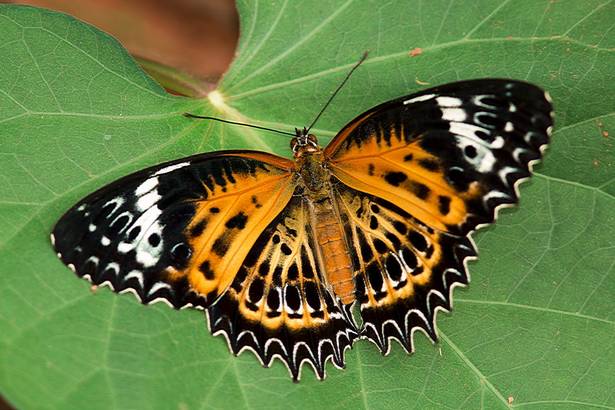
“Using indicator value analysis, 22 habitat-specific and several shared indicator species were identified. The study also documented larval host plants, and over 283 habitat-specific host-butterfly species pair interactions,” Mr. Mustak told The Hindu.
Their research paper – study on abundance and habitat preference of butterflies of the Western Ghats – has now been accepted for publication by the Journal of Insect Conservation, an international journal devoted to the conservation of insects and related invertebrates.
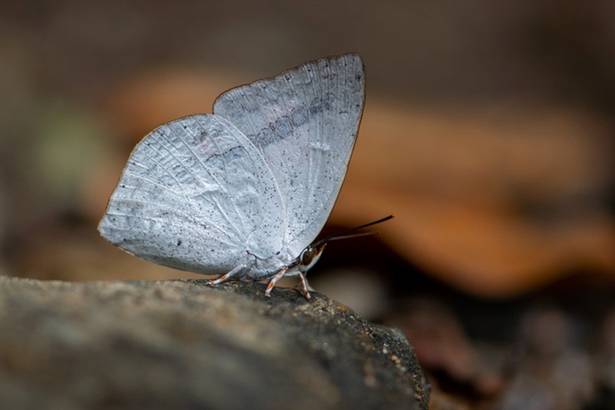
The researchers said that butterfly communities indicate the type and state of a habitat, and can easily be conserved by the restoration of habitats with diverse host plants. They have great public appeal and easy to work with, and are the indicators of a healthy ecosystem.
Mr. Mustak said, “People usually cherish abundant and widely distributed butterflies, but fail to appreciate less common or habitat-specific species. Our study gives quantitative data on the butterflies of the Western Ghats, which is essential for public awareness and outreach.”
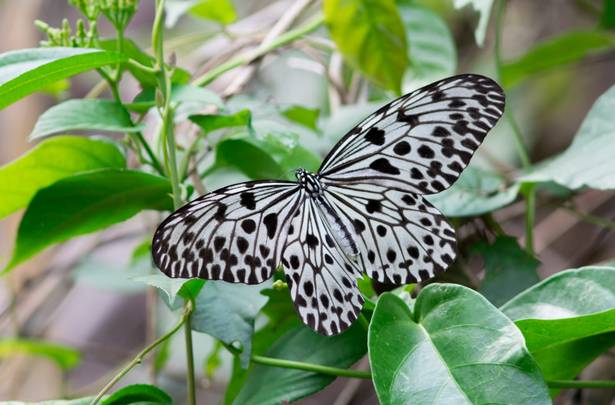
The team conducted a systematic transect survey for two years to get baseline data on the abundance patterns and habitat preferences of butterflies of the Western Ghats. The study gives an important dataset for future assessment, monitoring and conservation of butterflies of the Western Ghats.
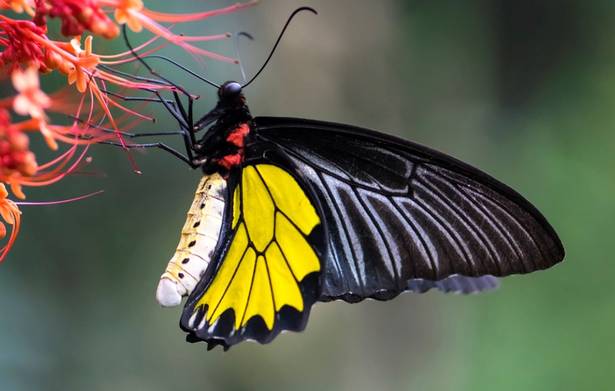
The study showed interesting patterns. Some of the most abundant species are Common Crow (Euploea Core), Common Emigrant (Catopsilia Pomona), Common Four Ring (Ypthima Huebneri), Tawny Coster (Acraea Terpsicore), Lesser Grass Blue (Zizina Otis), Rustic (Cupha Erymanthis), and Chocolate Pansy (Junonia Iphita)
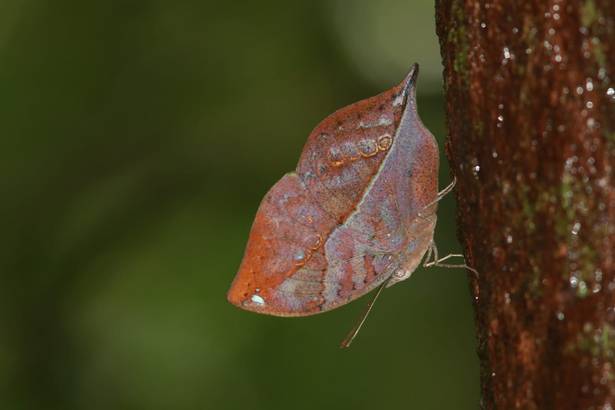
Some species, though very abundant, are restricted to specific habitats. For example, Tawny Coster (Acraea Terpsicore) is common in coastal regions, Common Bush Hopper (Ampittia Dioscorides) in found in agricultural habitats, and Malabar Tree Nymph (Idea Malabarica) in semi-evergreen forests. Some species, such as Common Mormon (Papilio Polytes) and Common Leopard (Phalanta Phalantha), though rare, are found everywhere.
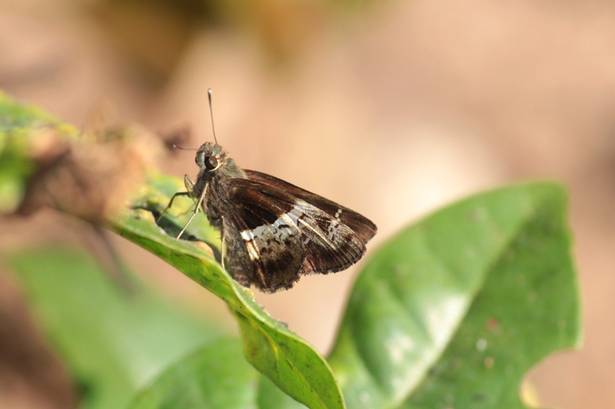
source: http://www.thehindu.com / The Hindu / Home> News> Cities> Mangaluru / by Raviprasad Kamila / Mangaluru – December 04th, 2021








